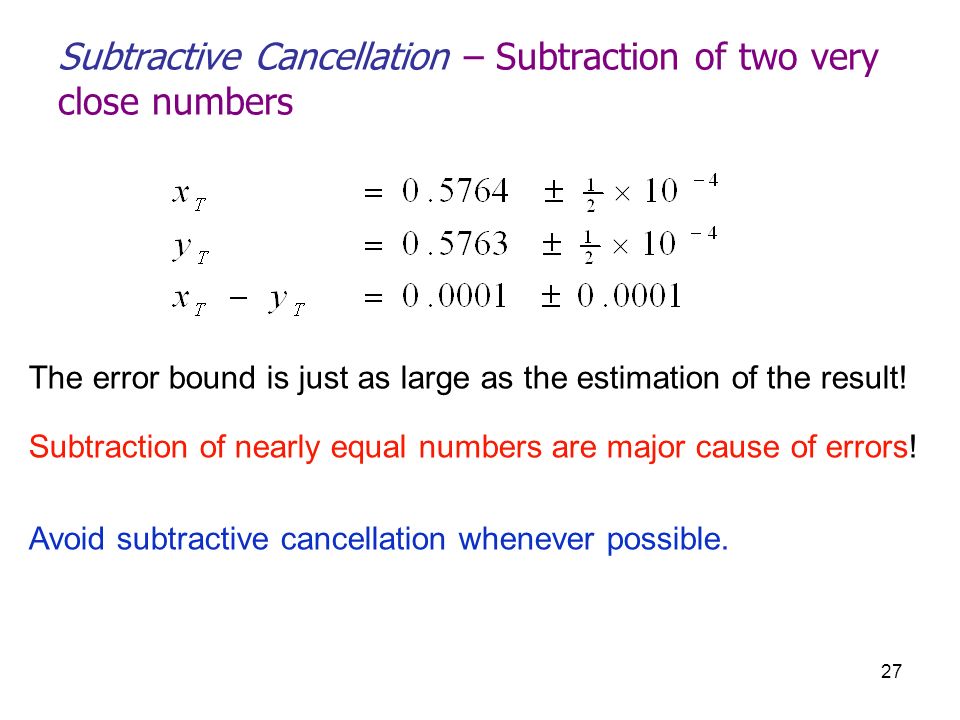Types of Errors in CFD Modeling
1. Numerical Errors:
- These errors arise from the mathematical methods used to solve the equations in CFD. They occur because the computer can’t handle infinite precision, so some approximations are made.
- Types of Numerical Errors:
Roundoff Errors:
- Happens because computers can only handle a limited number of digits, leading to small inaccuracies.
- Example: When subtracting two very close numbers, the result might lose significant digits, causing small errors to accumulate.

Iterative Convergence Errors:
- These errors occur when the iterative process to solve equations is stopped before reaching the exact solution.
- Example: If you stop the iterations early to save time, the solution may not be fully accurate, leading to slight deviations from the true value.
Discretization Errors:
- Arises when the continuous equations are approximated on a discrete grid (a mesh). The finer the grid, the smaller the error, but this requires more computational resources.
- Example: If the mesh is too coarse, the approximation may miss important details of the flow, leading to less accurate results. 2. Coding Errors:
- Mistakes or bugs in the software code that can lead to incorrect results.
- Example: A famous case is NASA’s Mars Climate Orbiter failure due to a coding error where metric units were confused with imperial units, causing the spacecraft to crash.
3. User Errors:
- Mistakes made by the person using the CFD software, such as incorrect input or setup.
- Example: If a user enters wrong boundary conditions or material properties, the simulation will produce incorrect results, potentially leading to faulty designs.
Key Points to Remember:
- Numerical Errors are inherent to the computational process and need careful control to minimize.
- Coding Errors can be catastrophic, and it’s crucial to test and validate the software thoroughly.
- User Errors are preventable through proper training and careful attention to detail.
Understanding these errors is essential to produce reliable CFD results. Engineers must be vigilant in controlling numerical errors, ensuring software is bug-free, and avoiding user mistakes to achieve accurate and trustworthy simulations.